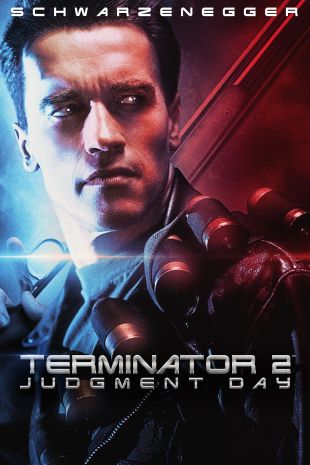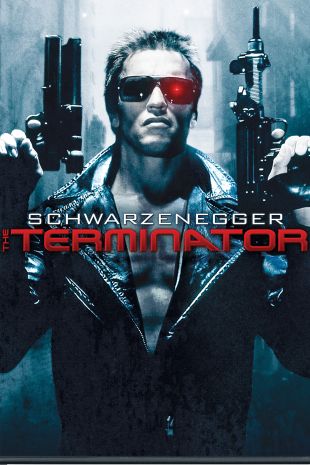What do Miss Jane Pittman at age 110, Edward Scissorhands, and the Terminator have in common? All of their distinctive looks are creations of Stan Winston, one Hollywood's finest special effects wizards.
Over his career, Winston designed some of cinema's most memorable creatures; he received ten Academy Award nominations and won four, two of which came from designing the makeup and visual effects for Terminator 2: Judgment Day (1991). Winston's other two Oscars came from creating the queen alien in Aliens (1986) and for making the realistic-looking dinosaurs that rumbled through Steven Spielberg's Jurassic Park (1993). Winston's other awards include two Emmy wins and six nominations, and five BAFTA award nominations and three wins. He also won a Clio for television commercials and many other industry awards.
Winston originally aspired to be an actor and came to Hollywood in 1969 with stars in his eyes. While waiting for his "big break," he worked as an apprentice makeup artist under the head of the Disney Studios makeup department. Winston did not enter the field on a whim; as a child he'd been fascinated by puppetry and maskmaking. While at Disney, that fascination became a passion and Winston found himself with a new career.
Winston won his first Emmy for the made-for-television movie Gargoyles (1972) -- many of the stop-motion effects and the creatures themselves were created on his dining room table with the help of his wife Karen. Winston shared his second Oscar with Hollywood's other special effects whiz, Rick Baker, for realistically aging actress Cicely Tyson from 19 to 110 years old. Winston first worked his unique magic in feature films in The Man in the Glass Booth (1975) and followed it up by turning Rod Steiger into late comedian W.C. Fields in W.C. Fields and Me (1976). Winston had his first opportunity to do the elaborate effects and makeup for which he is most famous in The Wiz (1978), where he gained special recognition for creating the flying monkeys sequence.
Winston's contributions to movie-making superseded the ability to create recognizable and fantastic characters. He was also a pioneer in special effects technology, especially when it came to combining robotics with sophisticated puppetry to allow creatures a wide variety of life-like moves and subtle emotions. Winston was especially fascinated with facial articulation. One of his early innovations was a device for The Star Wars Christmas Special that allowed Wookies (big, hairy gorilla-like creatures with slightly canine faces) to move their cheeks and foreheads (in the original Star Wars, Chewbacca the Wookie had extremely limited facial movements). Winston's first Oscar nomination came from convincingly turning Andy Kaufman and Bernadette Peters into romantically inclined robots in Heartbeeps. During filming, Winston met James Cameron, the director for whom he would do some of his best work. Winston and Cameron first teamed up on The Terminator, a sci-fi actioner in which Winston had to help muscleman Arnold Schwarzenegger transform into a futuristic robot. Winston's task was to create a robot with the ability to move like a human. Rather than utilize the traditional scale model and stop motion techniques, Winston came up with a life-sized animatronic puppet. He put the notion of full-sized, fully articulated creatures to use again to create the terrifying queen alien for Aliens (1986). Winston's efforts earned him his first Oscar. His third Oscar nomination was for Predator (1987) and a fourth one was for turning Johnny Depp into a strange leather-clad creation in Edward Scissorhands (1990).
As the '90s progressed, Winston became increasingly involved with computer-generated special effects. These allowed him to be equally at ease with such large-scale projects as Spielberg's two Jurassic Park epics, in which full-sized animatronic dinosaurs worked in harmony with computerized images, Mousehunt (1997), and Paulie (1998), in which he created an amazingly realistic mouse and parrot, respectively.
In addition to special effects work, Winston directed two films, Pumpkinhead (1988) and A Gnome Named Gnorm (1994). In private life, Winston was a known philanthropist and sat on the board of director of Free Arts for Abused Children. Among his many honors was an Honorary Doctorate of Humanities from the country's largest art college, the Savannah College of Art and Design. Winston did some of his final special effects work on the films A.I.: Artificial Intelligence (2001), Terminator 3: Rise of the Machines (2003), and The Shaggy Dog (2006), before succumbing to multiple myeloma in the early summer of 2008. He was 62.


